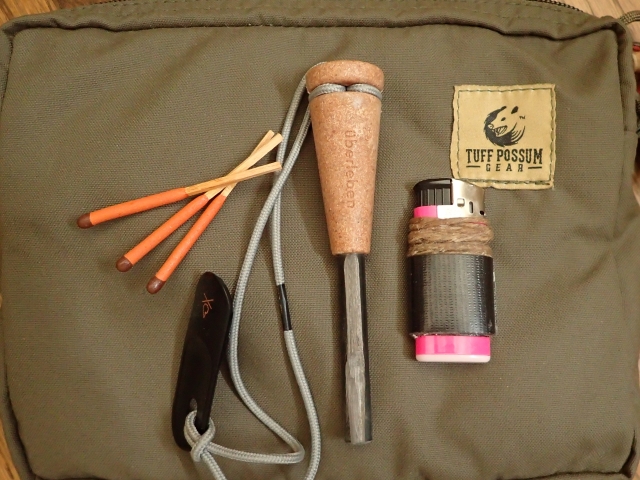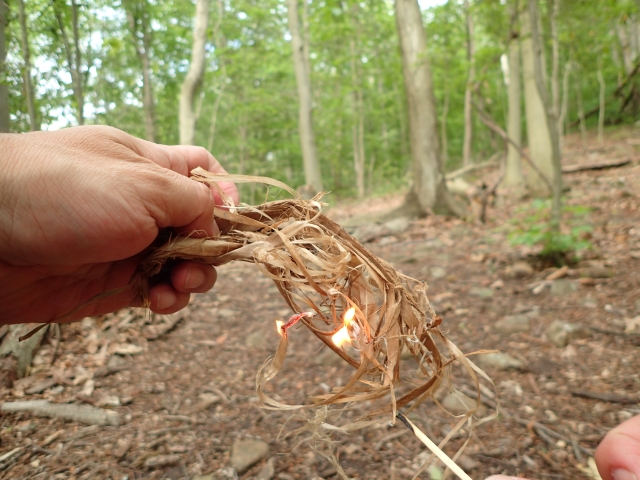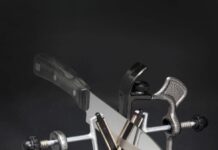
Let’s compare three essential fire-starting tools: matches & lighters, vs. ferro rods. We’ll explore how each works and highlight its pros and cons. Let’s dive in! Each fire-starting technique has its unique flair and distinct pros and cons that can shape your experience based on the situation.
Matches & Lighters vs. Ferro Rod: Which Method Wins?
The Evolution of Fire
Several years ago, I read many wilderness skills, camping, and survival guides, mostly mentioning matches. Flint and steel were also the go-to method for firemaking. However, Carl Auer von Welsbach invented the ferrocerium (ferro) rod in 1903, but it didn’t replace matches for many old-timers.
The lighter dates back to 1823, yet it wasn’t as handy as the ones from 1932 made by Zippo. Currently, several companies are producing various lighters. However, the ferro rod has gained popularity and is a preferred firemaking item for survival kits and campers.

Matches
There is something very woodsy and nostalgic about lighting a campfire or lantern with a wooden match. Matches are reliable but weather-sensitive, and match cases are a simple remedy for the fickle matchstick. A match is an instant flame and can ignite tinder and kindling, unlike a ferro rod. Often, thin twigs, which are kindling, can be ignited easily with a single match. Each matchstick is a fire, and you can fit a lot of matches in a match case!
Pros:
- Super easy to use—just strike and ignite.
- Lightweight and portable, ideal for emergency kits.
- Inexpensive and widely available.
Cons:
- Can be affected by moisture; once wet, they’re useless unless waterproof.
- Limited supply—once you run out, you’re done.
- Wind can easily extinguish them.
Lighters
A lighter offers a flame now, which makes it’s convenient for firemaking, but it also carries risks. There’s no telling when the lighter will run out of fuel, and it has many moving parts. A lighter is ideal for lighting candles, lanterns, or stoves indoors.
Let’s not forget plasma lighters, which are entirely different. However, like lighters need fuel, plasma alternatives need a power source. Like matches, a lighter can ignite kindling. But you will want to back up a lighter with another ignition source for safety.

Pros:
- Reliable and reusable—hundreds or even thousands of lights per lighter.
- Wind-resistant, especially butane torches.
- Works in various conditions (except extreme cold for butane lighters).
Cons:
- Requires fuel—when it’s out, it’s dead weight.
- Can malfunction (flint issues, broken casing, etc.).
- Not ideal for long-term survival situations without a fuel source.
Ferro Rod

Ferro (ferrocerium) rods are durable and practical but require skill. In the matches/lighters vs. ferro rods scenario, two are instant flame. A ferro rod requires tinder as the first step in firemaking. To produce a flame, you must ignite thin, fluffy, dry materials such as cottonwood, poplar, cedar bark, or manufactured tinder. Then, you can ignite kindling and work up to small fuel.
While this method may not be as convenient, it wins in durability and the number of fires you can create.
Pros:
- Extremely durable—thousands of strikes available.
- Works in wet conditions; even underwater, it can still spark.
- Excellent for survival and bushcraft since it doesn’t rely on fuel.
Cons:
- Requires skill—need to know how to use it properly.
- Produces sparks but not an instant flame, so you must prepare tinder well.
- Not as fast or convenient as matches or lighters for casual use.
Matches, Lighters vs. Ferro Rod Conclusion
Matches are great for quick, everyday use, but have a short lifespan. Lighters offer convenience, but can run out of fuel. Ferro rods are the ultimate survival tool, but require preparation and technique.
If you’re heading out on an adventure, carrying a combination is smart. Which do you tend to rely on most?



